 |
|
| Offizielle Bezeichnung |
englisch: Kingdom of Lesotho; deutsch: Königreich Lesotho |
| Unabhängigkeit |
4. Oktober 1966 ( von Großbritannien) |
| Fläche |
30.355 qkm |
| Landesnatur |
hügeliges, bergiges und plateaureiches Hochland; gemäßigtes Klima,
kalte, trockene Winter und heiße, feuchte Sommer |
| Höchste Erhebung |
Thabana Ntlenyana (3.482 m) |
| Küste |
Binnenland, vollständig von Südafrika eingeschlossen |
| Umweltprobleme |
Überweidung, starke Bodenerosion, Bodenerschöpfung, Desertifikation |
| Einwohnerzahl |
2.207.954 (Juli 2002 geschätzt) |
| Bevölkerungsdichte |
72,7 Einwohner pro qkm Landfläche |
| Hauptstadt |
Maseru |
| Landessprachen |
Englisch (Amtssprache), Sesotho, Zulu, Xhosa |
| Religionen |
Christen (80%), indigene Religionen (20%) |
| Staatsform |
konstitutionelle Monarchie |
| Wahlrecht |
wahlberechtigt sind alle Bürger ab 18 Jahren |
| Exekutive |
Staatsoberhaupt: König Letsie III. (seit Februar 1996, ohne
exekutive oder legislative Befugnisse); Regierungschef: Premierminister
Pakalitha Mosisili (seit 4. Juli 1998); Nachfolge des Königs nach
Erbrecht von Versammlung der Stammesoberhäupter bestimmt;
Regierungsoberhaupt wird Vorsitzender der stärksten Fraktion des
Kabinetts |
| Legislative |
Zweikammernparlament: Senat (33 Mitglieder - 22 Stammesoberhäupter,
11 weitere von der regierenden Partei bestimmte Abgeordnete);
Nationalversammlung (120 Sitze); 80 der insg. 120 Sitze der
Nationalversammlung durch Mehrheitswahl, 40 durch Verhältniswahl
bestimmt |
| Parteien |
Basotho Congress Party (BCP); Basotho National Party (BNP); Lesotho
Congress for Democracy (LCD; Regierungspartei); Lesotho People's
Congress (LPC); Marematlou Freedom Party (MFP); Progressive National
Party (PNP); Sefate Democratic Party (SDP); Setlamo Alliance, United
Democratic Party (UDP) |
| Rechtssystem |
auf englischem und römisch-niederländischem Recht basierend |
| Justiz |
High Court (Richter vom König ernannt), Court of Appeal, Gericht des
traditionellen Rechts |
| Verwaltungsgliederung |
10 Distrikte: Berea, Butha-Buthe, Leribe, Mafeteng, Maseru, Mohales
Hoek, Mokhotlong, Qacha's Nek, Quthing, Thaba-Tseka |
| Internationale Mitgliedschaften |
Vereinte Nationen und UN-Unterorganisationen; Afrikanische Union
(AU); Entwicklungsgemeinschaft SADC; Handelsgemeinschaft COMESA;
Afrika-Karibik-Pazifik-Staaten (AKP); Welthandelsorganisation (WTO);
Internationaler Währungsfond (IMF) und Weltbank |
| Internationale Länderkategorien |
LDC - Status
(7 der 14 SADC-Staaten gelten nach UN-Bestimmungen als Least
Developed Countries - "am wenigsten entwickelte Länder" - und
bekommen besondere Mittelzuwendungen
 Lesotho, officially known as the Kingdom of Lesotho, is a landlocked
country entirely surrounded by South Africa. It is renowned for its
mountainous terrain, earning it the nickname "The Kingdom in the Sky."
The nation is situated in the Maloti Mountains and contains the highest
peak in Southern Africa.
Lesotho, officially known as the Kingdom of Lesotho, is a landlocked
country entirely surrounded by South Africa. It is renowned for its
mountainous terrain, earning it the nickname "The Kingdom in the Sky."
The nation is situated in the Maloti Mountains and contains the highest
peak in Southern Africa.
Lesotho is a small, landlocked country entirely surrounded by
South Africa, located in the southern part of the African continent.
What makes Lesotho particularly unique is that it is one of only three
countries in the world that is entirely above 1,000 meters (3,281 feet)
in elevation, earning it the title of the
"Kingdom in the Sky".
Here are some key features about
Lesotho:
1.
Geography and Landscape:
-
Mountainous Terrain:
Lesotho is predominantly mountainous, with the
Drakensberg Mountains
forming its western border with South Africa. The country’s highest
point, Thabana Ntlenyana,
is the tallest mountain in Southern Africa at 3,482 meters (11,423
feet).
-
Beautiful Scenery:
The landscapes include rugged mountains, deep valleys, rolling
hills, and rivers, offering stunning views and a sense of untouched
natural beauty.
2.
Climate:
-
Cool and Temperate:
Due to its high elevation, Lesotho enjoys a temperate climate, with
cold winters (including snowfall in the higher areas) and mild
summers. The country experiences seasonal rainfall, mostly during
the summer months.
3.
Culture:
-
Basotho People:
The majority of the population in Lesotho are of the
Basotho ethnic
group. They speak Sesotho
as their official language, alongside English.
-
Traditional Clothing:
One of the most iconic cultural symbols of Lesotho is the
Mokorotlo, a
conical hat worn by Basotho men, symbolizing their heritage.
-
The Sotho Kingdom:
Lesotho has a rich cultural history that dates back centuries, with
the Basotho Kingdom
established by King
Moshoeshoe I in the 19th century. The kingdom was a refuge
for various groups during times of conflict and played a significant
role in shaping the country's identity.
4.
Tourism and Activities:
-
Adventure and Hiking:
Lesotho is a haven for outdoor enthusiasts, especially those
interested in hiking, mountaineering, and horse riding. The
Maluti Mountains
offer a variety of trails, and there are also opportunities to
explore the Sani Pass,
a famous 4x4 route that crosses into South Africa.
-
Skiing: Lesotho
is home to the only ski resort in Southern Africa,
Afri-Ski, located
in the Maluti Mountains.
This offers a unique experience in a region not typically associated
with winter sports.
-
Cultural Experiences:
Visitors can experience traditional Basotho villages, learn about
local crafts, and enjoy the colorful culture through music, dance,
and festivals.
5.
Economy:
-
Agriculture: The
country’s economy is primarily based on agriculture, with
subsistence farming playing an important role.
Wool and mohair
are significant exports, and the country also produces crops like
maize, wheat, and barley.
-
Diamonds: Lesotho
is known for its diamond mines, which are an important contributor
to the economy. The
Letšeng Diamond Mine is one of the world’s highest
producing diamond mines by value.
6.
Political System:
-
Constitutional Monarchy:
Lesotho is a constitutional monarchy with a parliamentary system.
The current king, King
Letsie III, is a ceremonial figure, while the country is
governed by a prime minister and a parliamentary system.
7.
UNESCO Heritage Sites:
-
uKhahlamba-Drakensberg
Park: Part of this park, which stretches into South Africa,
is in Lesotho and is a UNESCO World Heritage site. It is known for
its incredible rock art and rich biodiversity.
Lesotho's remote and scenic nature
makes it a popular destination for those seeking adventure and an
authentic cultural experience, far from the busy tourist spots.
|
 Safaris
Bergsteigen
Wandern
Inselwandern Weltweit
Safaris
Bergsteigen
Wandern
Inselwandern Weltweit
 Europa
Inselwandern
Europa
Inselwandern
 Städtewandern
Städtewandern
 Paintings
Paintings Dirk Rauschenbach
Dirk Rauschenbach
 Safaris
Bergsteigen
Wandern
Inselwandern Weltweit
Safaris
Bergsteigen
Wandern
Inselwandern Weltweit
 Europa
Inselwandern
Europa
Inselwandern
 Städtewandern
Städtewandern
 Paintings
Paintings Dirk Rauschenbach
Dirk Rauschenbach
 Ziemlich starker
Wind auf der Hochebene , hier leben die Menschen als Schaf und Ziegenhirten .
Von Maisbrot und Maisbier 2 % ( Fooden Drunk , Drunken Food )
ernähren Sie sich. Beste Mohairwolle der Welt
Ziemlich starker
Wind auf der Hochebene , hier leben die Menschen als Schaf und Ziegenhirten .
Von Maisbrot und Maisbier 2 % ( Fooden Drunk , Drunken Food )
ernähren Sie sich. Beste Mohairwolle der Welt 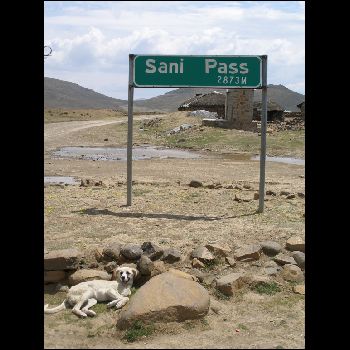

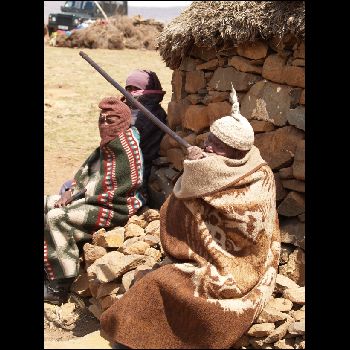


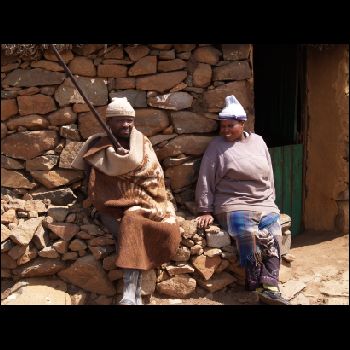
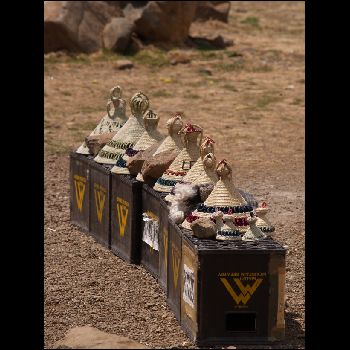
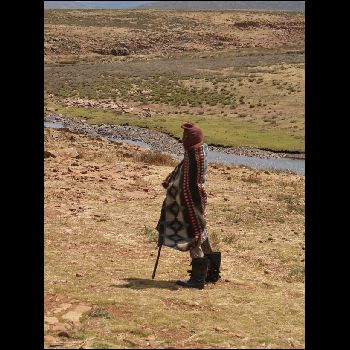


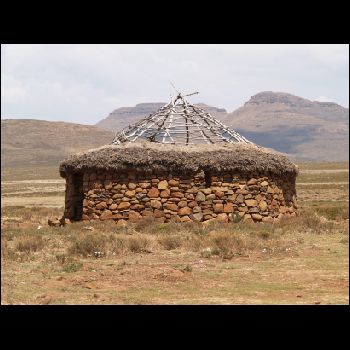
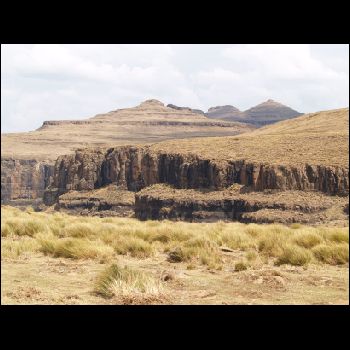

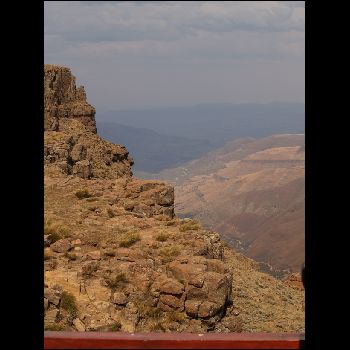
_t.jpg)
_t.jpg)
_t.jpg)
_t.jpg)
.jpg)
![]() 26.07.25 Copyright Dirk
Rauschenbach Koelnerstrasse 293 51702 Bergneustadt
Datenschutzerklaerung 02261 9788972 Mail ccooly(
at) web.de
26.07.25 Copyright Dirk
Rauschenbach Koelnerstrasse 293 51702 Bergneustadt
Datenschutzerklaerung 02261 9788972 Mail ccooly(
at) web.de